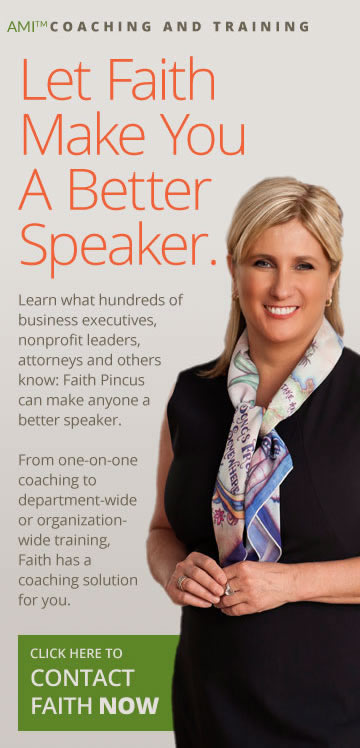What goes into a strong conclusion?
Your conclusion should be as simple as your introduction.
- Summarize your three main points
- Make a reference to and/or utilize the attention-getting device you used in your introduction
One effective way to provide closure — with solid impact — is to refer to the attention-getting device you used to kick off your presentation. You may want to refer to the story you told, or maybe you repeat one of the statistics you used. Re-telling a joke obviously won’t work, since everyone will already know how it goes — and this is another reason not to use a joke in an introduction. But you can integrate the punchline of the joke, as you would a the moral of a fable, into the fabric and ending point of your message.
How you remind everyone of your attention-getter will vary, but it is important to work it into your message and use it to drive home your theme. If I have used a quote, for example, to kick off my speech, I will repeat it again. And I not only make reference to it — I use that same quote and incorporate it into my concluding points. This is an important difference: I don’t just re-state the quote — I work it into my theme to drive home my message.
This speaking technique requires you think about what you’re going to say at the end of your presentation almost as much as you think about what you are going to say at the beginning, Furthermore, it requires you to create the body of your presentation before you create either your intro or your conclusion. That may seem counter-intuitive, and it may seem like more work. But trust me, it pays off well in firmly planting your message.


